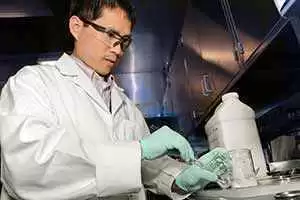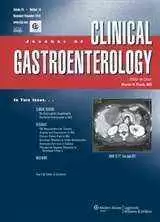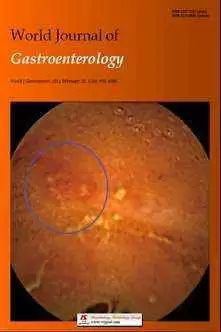
Celiac.com 09/21/2012 - Refractory celiac disease type II (RCDII) is a severe complication of celiac disease that occurs when symptoms and intestinal damage continue even when the patient adopt a gluten-free diet. Refractory celiac disease marked by abnormal intraepithelial lymphocytes (IELs) of unknown origin that display an atypical CD3(-)CD7(+)icCD3(+) phenotype. About 40% of patients with RCDII lymphocytes develop a dangerous and invasive lymphoma.
 A team of researchers recently sought to identify possible origins of abnormal intraepithelial lymphocytes in refractory celiac disease type II.
A team of researchers recently sought to identify possible origins of abnormal intraepithelial lymphocytes in refractory celiac disease type II.
Celiac.com Sponsor (A12):
The research team included F. Schmitz; T.M. Tjon, Y. Lai; A. Thompson; Y. Kooy-Winkelaar; R.J. Lemmers; H.W. Verspaget; M.L. Mearin; F.J. Staal; M.W. Schreurs; T. Cupedo; A.W. Langerak; C.J. Mulder; J. van Bergen; and F. Koning.
In their study, the researches sought to find the physiological counterpart of these abnormal intraepithelial lymphocytes cells.
To do so, they used microarray analysis, real-time quantitative PCR and flow cytometry to compare RCDII cell lines with T-cell receptor positive (TCR(+)) IEL (T-IEL) lines. They then used their data to identify cells with an RCDII-associated phenotype in duodenal biopsies from non-refractory individuals by multicolor flow cytometry.
They found that RCDII cell lines were distinct from T-IEL lines and showed higher levels of multiple natural killer (NK) cell receptors.
In addition to the CD3(-)CD7(+)icCD3(+) phenotype, the RCDII lines showed an absence of CD56, CD127 and CD34, compared with other lymphocyte subsets.
Moreover, they found cells matching this surface lineage-negative (Lin(-)) CD7(+)CD127(-)CD34(-) phenotype that showed a functional interleukin-15 (IL-15) receptor and comprised a substantial portion of IELs in duodenal specimens of patients without celiac disease, particularly children. They also found cells of this kind in the thymus.
For patients without celiac disease, the Lin(-)CD7(+)CD127(-)CD34(-) subset was one of four subsets within the CD3(-)CD7(+)icCD3(+) population that showed a differential expression of CD56 and/or CD127.
The results indicate that the CD3(-)CD7(+)icCD3(+) population is heterogeneous and show the existence of a Lin(-) subset that is different from T, B, NK and lymphoid tissue inducer cells.
The team hypothesizes that the IL-15 cells are the counterpart of abnormal cells that are expanded in RCDII and transformed in RCDII-associated lymphoma.
Source:
- Open Original Shared Link






Recommended Comments
There are no comments to display.